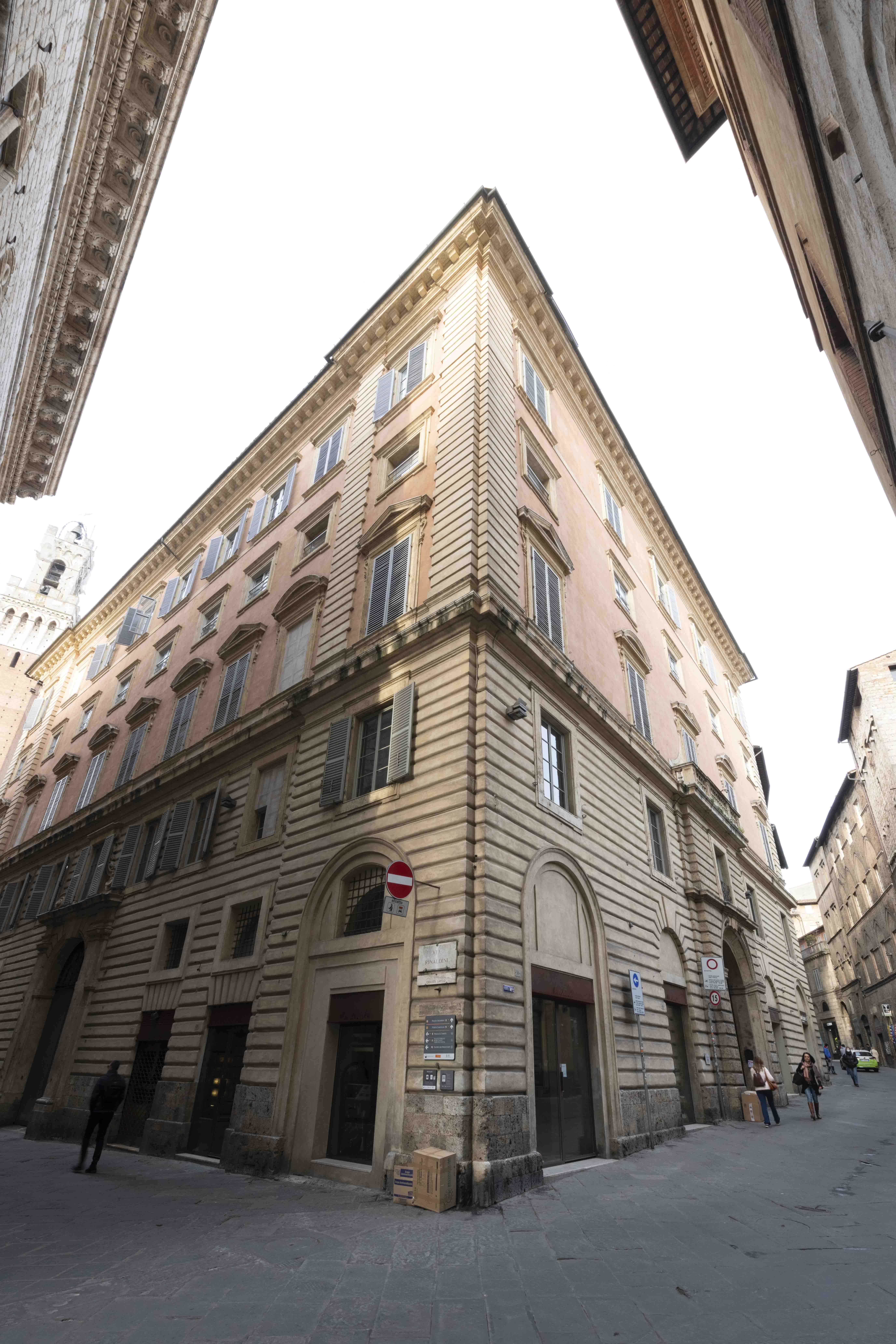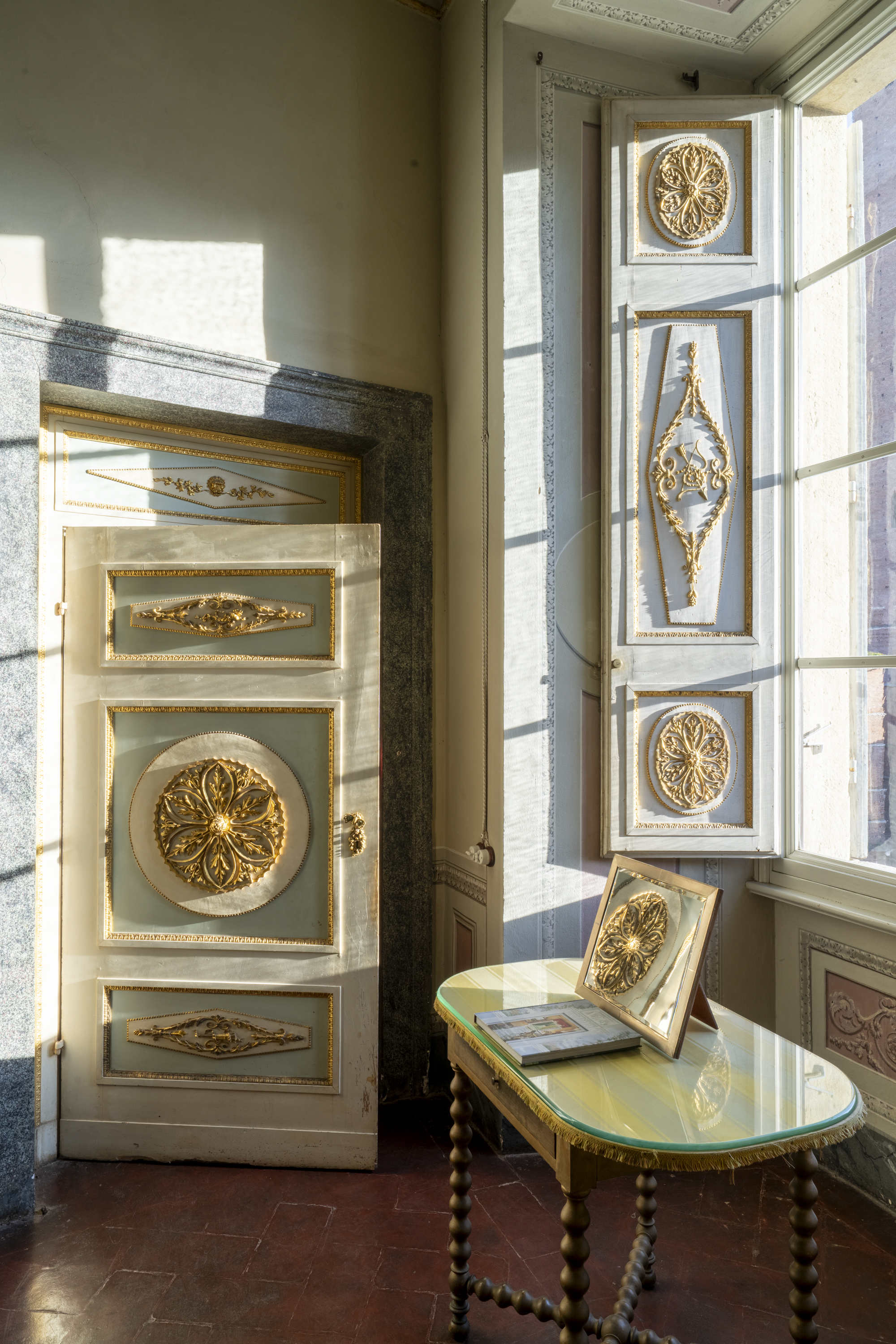Architecture

dream come true
Design
Important documents related to Palazzo Chigi Zondadari in Siena were discovered about thirty years ago during research conducted by architect Leonardo Petrosino. The uniqueness of the archival sources sheds light on the long time span required to complete this ambitious project—initiated by Fabio Chigi (Pope Alexander VII), continued by his nephew, Cardinal Flavio Chigi, and concluded sixty years later thanks to the efforts of two other nephews: Antonio Felice Zondadari, Cardinal in Rome, and Alessandro Zondadari, Archbishop of Siena, who financed the intervention on behalf of their nephew, Marquis Flavio Giuseppe Chigi Zondadari. To better understand the scale of the Chigi family’s ambitious vision, it is enough to consider that this remains the only building which, instead of complying with the regulations imposed by the “Biccherna” that required façades to maintain a Gothic style, boldly introduced a façade in the manner of 18th-century Roman Baroque.

Patronage

The architectural style of Palazzo Chigi Zondadari reflects the client’s desire to entrust the project to an important Roman architect, already active in the circle of the papal court. There is in fact an exhaustive documentation at the Vatican Apostolic Library, where there are numerous important graphic elaborations of the state of fact, executed before the constructive intervention, that highlight the properties owned by the Chigi family located within the area occupied by the Palace, a quadrangular plot bounded by open fronts towards Piazza del Campo, Banchi di Sotto, Chiasso Largo and Chiasso de' Pollaioli. In the same archive there is also a correspondence relating to a project proposal with drawings consisting of two sections, one of plans of the four levels and the other of two prospectuses, the first project is attributed to Gian Lorenzo Bernini and the entourage of his professional studio. Another documentary source is kept at the Municipal Library of Siena consisting of various projects developed for the five floors that currently form the building, executed by two or three different hands in as many variations in progress. All this production of architectural designs has been attributed to anonymous technical personalities from Siena as well as to the famous architect who completed the work, Antonio Valeri, architect of the Pietrine Factories and nephew of the aforementioned Bernini, Valeri himself is mentioned in the Giornale Sanese of the Pecci brothers, together with the figure of the collaborator Pietro Hostini.
